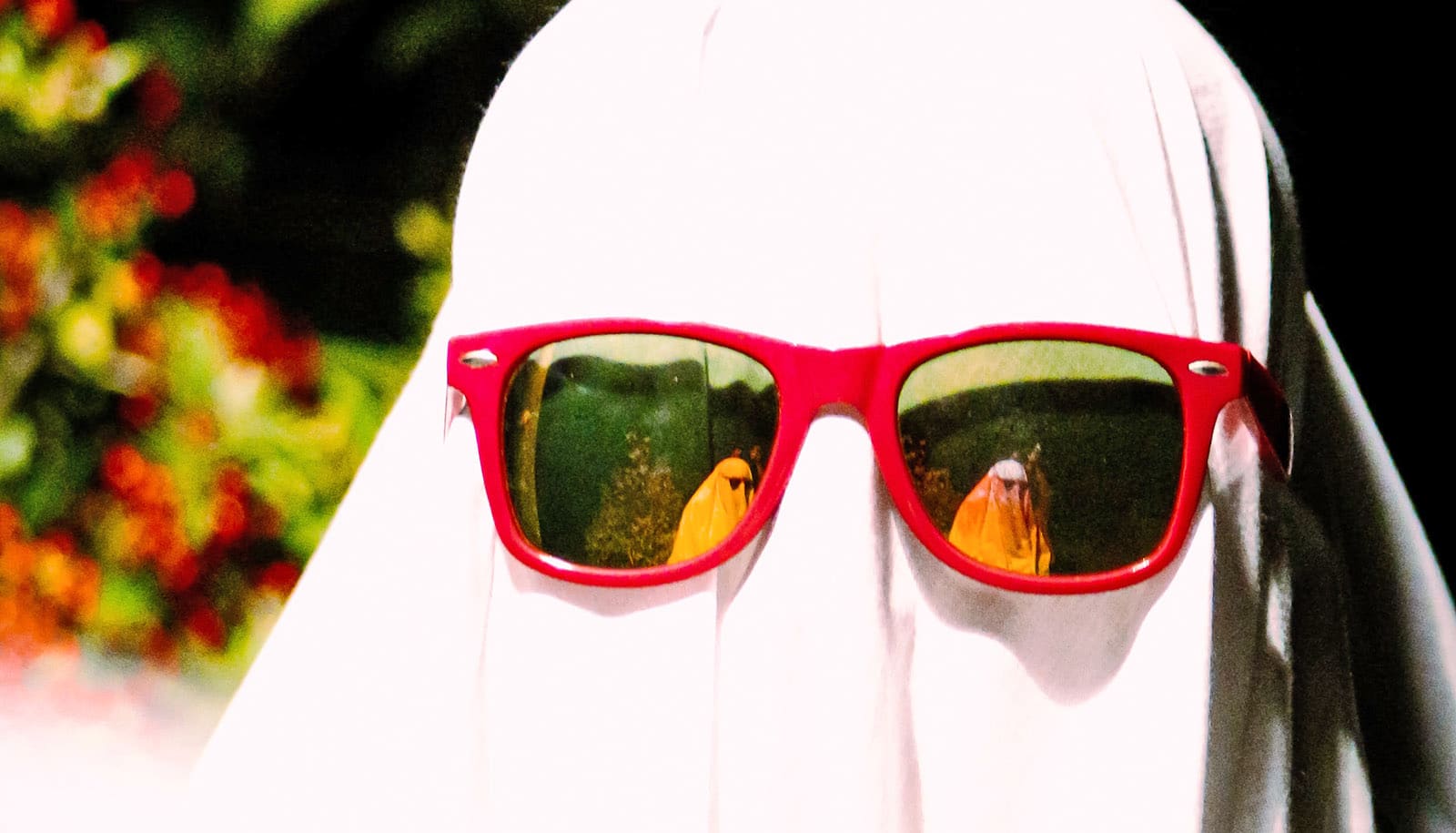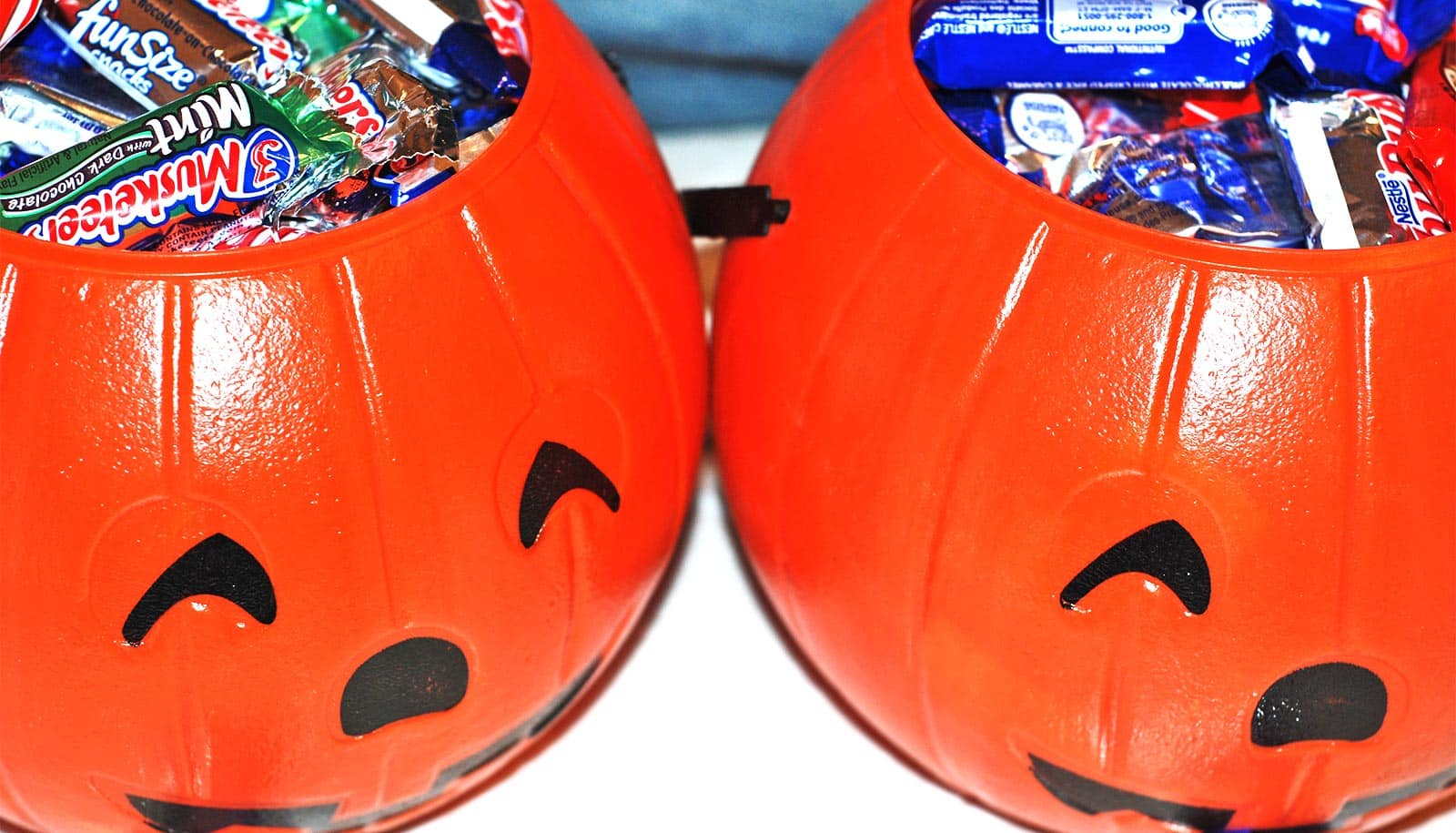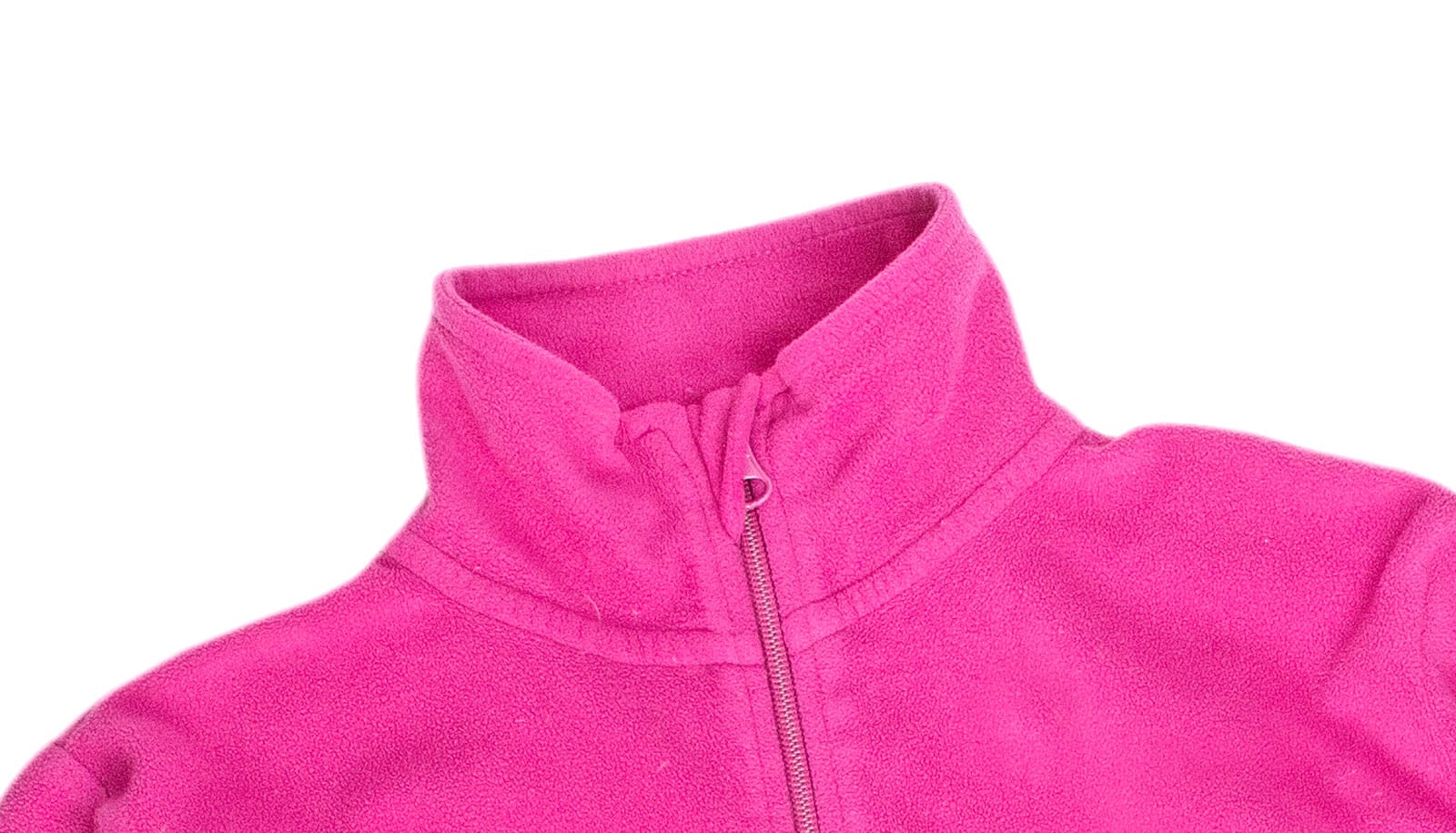There are ways to make Halloween less wasteful, say experts.
“I don’t want to destroy the spirit of the festivities,” says Elizabeth Albright, “but there are things we can do to make the holiday more climate and environmentally friendly.”
Albright, an associate professor of practice at the Nicholas School of the Environment, is one of several Duke experts with suggestions for a greener Halloween.
Get crafty
A 2019 study found that discarded Halloween costumes generated around 2,000 tons of plastic waste each year, says Sophia Masciarelli, Sustainability Engagement Coordinator at Sustainable Duke.
“This Halloween, consider DIYing a costume,” she says. “Thrift and consignment shops extend the life of pieces that may otherwise be headed for the landfill, and in doing so, lessens consumers carbon footprint, reduces chemical pollution, and helps preserve water resources.”
The same is true of decorations, says Rachel Karasik, a policy associate at the Nicholas Institute for Energy, Environment, and Sustainability. Karasik suggests repurposing old clothes, materials, and supplies for decorations and costumes
“Avoid costumes that are made with plastic (including microfibers) as these may leach micro- and nano-plastics and chemical additives into the environment,” she says.
Consider greener Halloween supplies
Albright says the ingredients in candy make a difference to the environment.
“Do they contain palm oil? The use of palm oil leads to loss of tropical forests and increased carbon emissions,” she says. “Families that have the capacity to do so could check out chocolate certification and scorecards online—there are rating systems across a variety of measures including climate and deforestation.”
The Environmental Law and Policy Clinic at Duke sampled litter on campus and in Durham’s creeks and neighborhoods and found plastic film—including chip bags and candy wrappers—comprised the largest category of waste.
“Plastic litter can persist in the environment for centuries after it is discarded,” says Michelle Nowlin, the clinic’s co-director.
Most of Durham’s plastic waste is shipped more than 90 miles to Sampson county, into one of the largest landfills in the country, near a community whose residents are predominately Black and lower-income, Nowlin says.
Nowlin’s students studied candy wrapper waste and found the recyclable aluminum foil used for Hershey’s Kisses produced the least waste (the paper strip can be recycled too), followed by the wax paper Tootsie Rolls and Pops are wrapped in.
Hershey’s Kisses not only have recyclable wrappers, but are also palm oil free.
Not using plastic bags or pails while trick-or-treating can also help. Nowlin’s students considered alternatives, such as reusable canvas grocery bags, or art project bags made from strips and swatches of cloth.
It’s estimated discarded jack-o-lanterns generate a billion pounds of food waste each year. Buying local pumpkins that are certified organic can help limit that impact, says Elizabeth Shapiro-Garza of the Nicholas School.
“After removing wax drippings, either compost them or leave them in an out-of-the-way spot where wildlife can consume them as a tasty treat,” she says.
Don’t shame; vote
The plastic waste and climate crises can’t be solved through changes in personal behavior alone, Karasik says.
“Shaming yourself or others for participating in Halloween and other festivities is exhausting, and in my opinion, ineffective in the long term,” she says.
Voting for candidates who support policies that protect the environment and climate—especially during midterms—is crucial, she says.
“Local decisions matter,” she says, “just as much as federal ones.”
Source: Duke University



